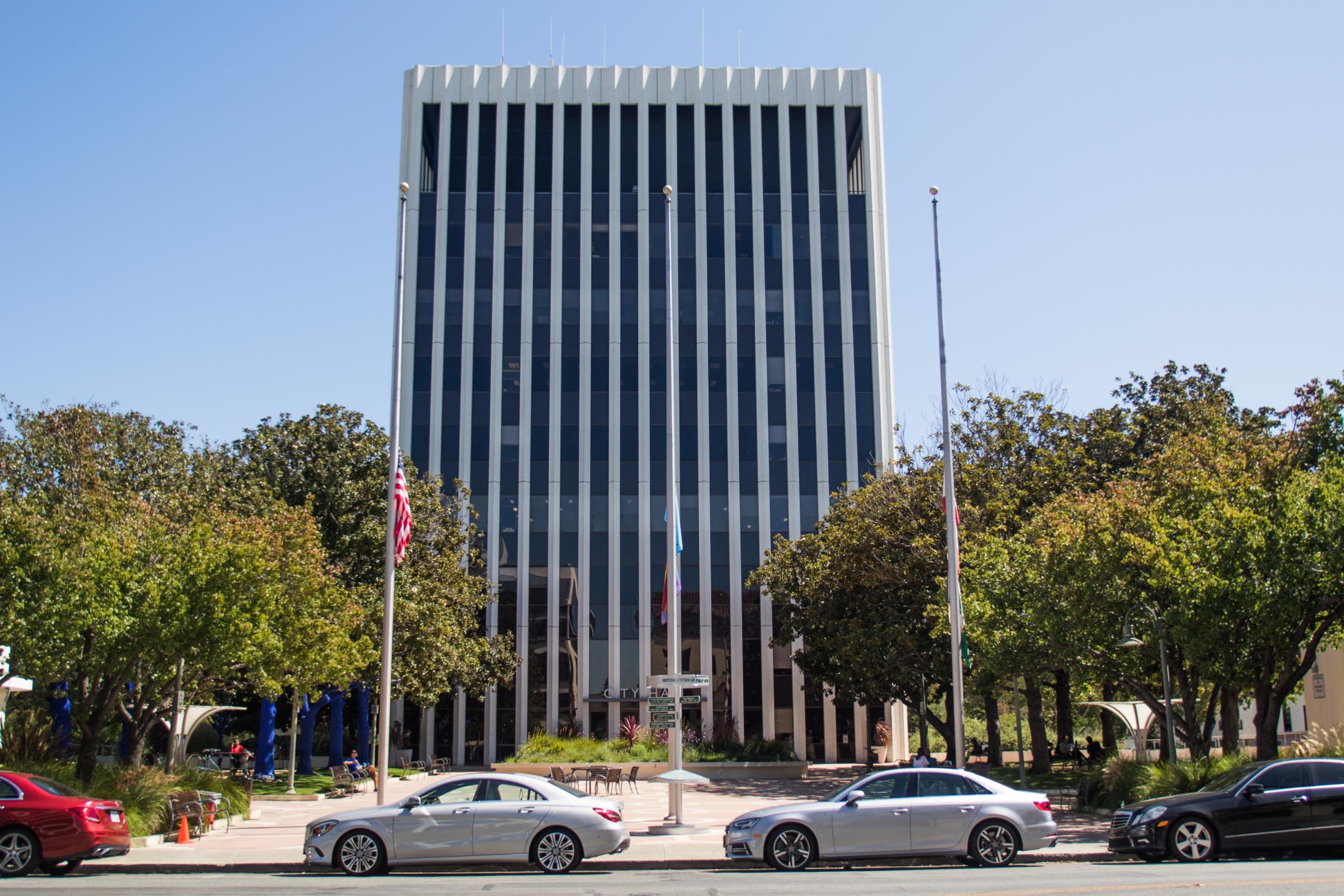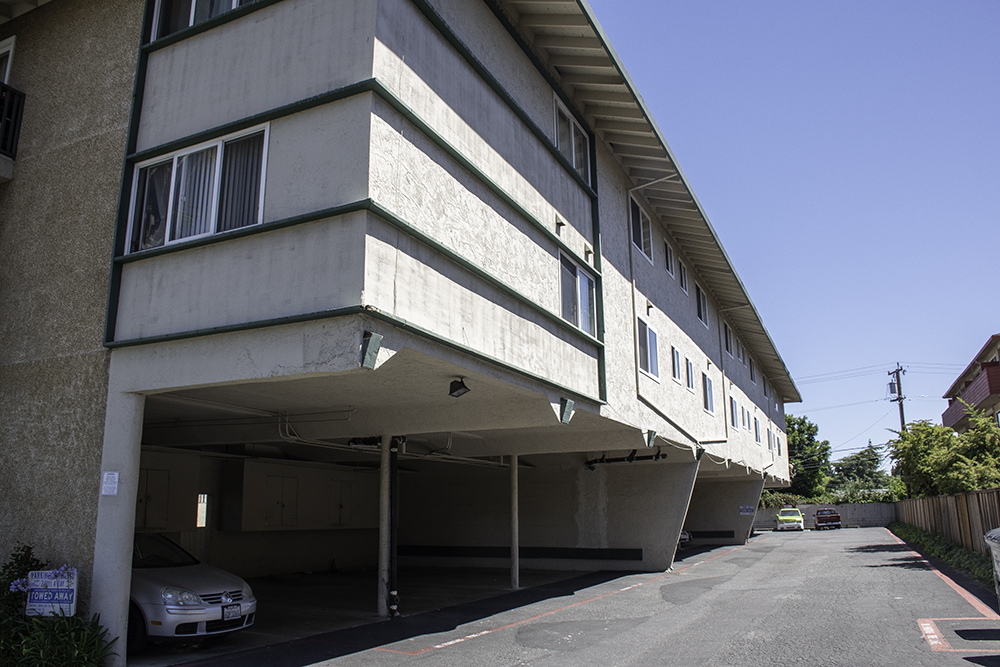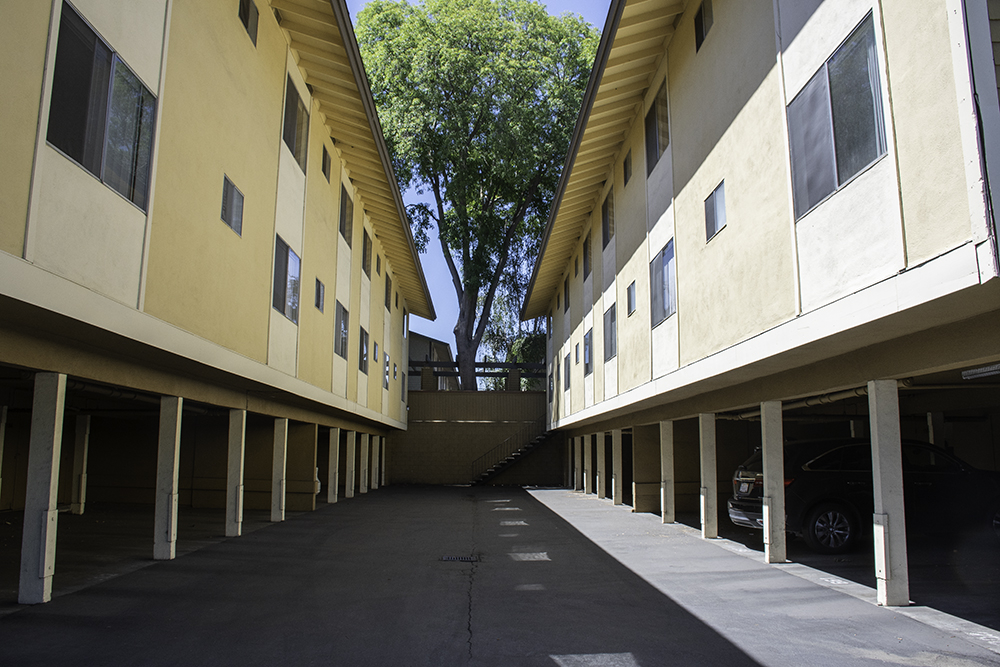Palo Alto leaders were jolted into action in 2014 after an earthquake in southern Napa Valley caused more $1 billion in damages to homes, businesses and public facilities.
Mindful of local risks, the City Council hired a consultant later that year to survey local buildings and a committee to consider recommendations to strengthen the city's seismic laws, which were considered aggressive in 1986 but are now seen as shaky at best.
In 2017, the council discussed the report, and planning staff prepared to make difficult choices about requiring property owners to undergo potentially expensive retrofits.
Then, just like that, nothing happened. The council and planning staff pivoted to other priorities such as housing, renter protections and gas-powered leaf blowers. COVID-19 took a bite out of the local budget. And the Rutherford + Chekene study was set aside.
Now, the city is preparing to dust it off and try again. The council earlier this year budgeted funds to update the city's seismic code, a subject that its Policy and Services Committee is scheduled to take up on Aug. 8.
If things go as planned, the city will hire another consultant to help it start drafting the code revisions in January. While the scope of the changes remains to be determined, prior discussions suggest that the new laws will focus on roughly 400 buildings that are deemed vulnerable but are not covered by current code.
The focus of the new effort will likely fall on soft-story wood-frame buildings that were constructed before 1977, a type that the study deemed as particularly vulnerable. Palo Alto had about 294 such buildings at the time the study was conducted.
The building type, which typically includes a garage on the first level and one or more stories above it, emerged as particularly risky after the 1994 Northridge earthquake, according to the study, with widespread damage and high-profile collapses such as that of the Northridge Meadows apartment complex, which led to 16 deaths.
"Given their prevalence, losing hundreds of soft-story apartment buildings could have large impacts on the community," the report states.
The study noted that soft-story buildings made up nearly half (7,700) of the 16,000 dwellings that were deemed uninhabitable after the 1989 Loma Prieta earthquake and more than 34,000 of the residences rendered uninhabitable by the Northridge earthquake.
But the new upgrade could go well beyond soft-story buildings. Other vulnerable categories that are not covered by Palo Alto's current code include pre-1998 tilt-up concrete buildings, in which walls are created on a horizontal surface and then raised; pre-1977 soft-story concrete structures; and pre-1998 structures with "steel moment" frames, which transfer a building's weight through vertical columns.
The Rutherford + Chekene study estimated that there are 99 tilt-up buildings in Palo Alto, 35 soft-story concrete buildings, and 34 buildings with steel-moment frames. All have performed poorly in earthquakes since the city adopted its code in 1986, according to consultants.
Palo Alto's current ordinance applies to just three building types: unreinforced masonry, buildings that were constructed prior to 1935 and have occupancy of 100 or more and buildings that were constructed prior to 1976 and have more than 300 occupants.
While it requires owners to perform and submit seismic evaluations of these structures, it does not force most of them to actually retrofit them. (Unreinforced masonry buildings, of which there are about 10 in the city, are the only ones that required mandatory retrofits.)
Rather, the city provides incentives for voluntary retrofits. A downtown property owner performing a retrofit could get an additional 2,500 square feet of floor area in development rights. The city also allows property owners to apply the costs of commissioning engineering reports toward permit fees, according to a new report from Deputy City Manager Chantal Gaines.
As the council considers its biggest overhaul of the seismic rules in nearly four decades, one key decision it will have to make is whether to use carrots or sticks to ensure seismic safety.
Gaines notes in her report that different cities have taken drastically different approaches to seismic requirements for soft-story wood-frame multi-family buildings, ranging from notifications to mandatory retrofits. A few cities in southern California, including Los Angeles, Santa Monica, Burbank and Long Beach, have also targeted older concrete buildings, according to Gaines.
The goal of the update, she wrote, is to "enhance the resilience of Palo Alto when seismic activity occurs."
"Decreasing the number of buildings that sustain significant damage from an earthquake and limiting the loss of life or injury that may occur are two ways the city can be more resilient," Gaines wrote.
"With more structures suitable for occupancy after an earthquake, the City and its residents can more quickly recover from the event. Further, with more multifamily structures habitable, fewer residents will be displaced after an earthquake."
The high cost of retrofitting
A key barrier for any city tackling the topic is the high cost of retrofitting seismically vulnerable buildings. Gaines notes in her report that the desire to "increase resilience, speed recovery, and limit the loss of life and limit property damage must be weighed against the risk earthquakes pose and balanced with the cost of retrofitting buildings."
The cost of doing nothing also isn't paltry. The Rutherford + Chekene study estimated that a magnitude 7.9 earthquake would cause around $2.4 billion in damage to Palo Alto buildings, a number that has likely gone up over the years. The consultant's technical assessment also concluded that the losses could be reduced by more than $1 billion if the buildings in those four vulnerable categories were retrofitted.
City staff acknowledge that the dollar figures are probably much higher now thanks to the increased costs of materials and labor. But even though the Rutherford + Chekene study was conducted in 2016, city staff believe that its comprehensive report about the local building environment remains very relevant.
The new consultant will be asked to "refresh certain aspects of the report," which includes updating the projected construction costs and reviewing the building code updates that the city had made since that study came out to determine whether they have any bearing on seismic safety.
The list of building types covered by the seismic code may also change in the upcoming revision. Gaines notes in her report that the city wants the consultant to help assess if "enhanced seismic knowledge from the past several years (often gained after an earthquake) indicates a need to expand or otherwise adjust the building categories considered for inclusion in the seismic program."
The consultant will also help the city track the progress of other cities that have adopted seismic ordinances since 2017. And it will help city staff establish an advisory group composed of local stakeholders who would help shape the new policy — an approach similar to the one that Palo Alto took in 1986.
State lawmakers are also eying new policies to encourage retrofits of soft-story buildings. Assembly Bill 1505, which cleared the state Assembly last month and is now going through committee hearings in the state Senate, would authorize the state Office of Emergency Services to distribute grants for seismic retrofit projects and for efforts to evaluate vulnerable structures, particularly those that prioritize housing and critical facilities such as hospitals, fire stations and assisted-living facilities.
In a February news release announcing the bill, Rodriguez cited the 7.8 magnitude earthquake that devastated Turkey and Syria earlier that month and called it a "warning to California as to what would happen if an earthquake of a similar scale struck the State."
"Those living in soft-story buildings are in great danger of being killed or displaced in an earthquake, and we must invest in protecting these vulnerable populations by improving our infrastructure," Rodriguez said in the news release.





Comments